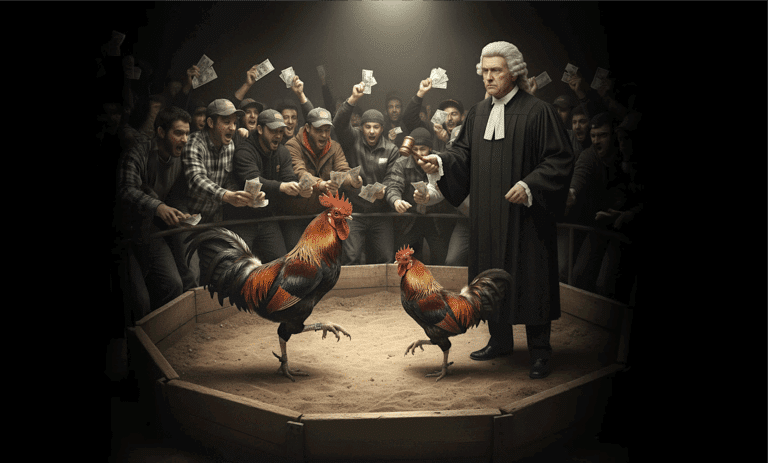C2C Journal is primarily an online magazine, although we always print a few copies of each quarterly edition for marketing and archiving purposes. This has been our modus operandi ever since the magazine was founded in 2007. In 2015, after the Journal became part of the Manning Centre, we began printing a thousand copies of the spring edition for distribution at the annual Manning Centre Conference in Ottawa.
The Spring 2017 quarterly edition is titled The Last Front Page for two reasons. First, it proclaims the main theme of the edition, which is about the social and political impacts arising from the collapse of print journalism as audiences and advertisers flock to online news. Second, it announces that this will be the last quarterly edition of C2C Journal.
Now, before our friends start mourning and our critics start celebrating, let me hasten to add that this does not mean the end of the Journal. On the contrary, it marks a new beginning, and part of our own response to the irreversible transition of journalism from print to digital.
Henceforth, instead of the quarterly themed editions, we will publish news stories, essays, commentaries, investigative articles and reviews on a more regular basis, aiming for an overall increase in content, diversity of topics and perspectives, and timeliness. This is basically what we currently do between quarterly editions, expanded to year round. As we transition to a more purely digital product, we plan to experiment with other mediums to explore and express “Ideas That Lead”.
We’ve been considering this for over a year, but the decision was clinched by the tremendous online response to our penultimate quarterly edition, the Winter 2016 magazine titled The New Campus Rebels. C2C’s online audience has been growing impressively in recent years, and we were on track for another big increase in readers for 2016 – until we published the 8,000-word transcript of Jason Tucker and Jason Vandenbeukel’s interview with Jordan Peterson, the University of Toronto psychology professor and a prominent voice in the global pushback against the progressive extremists’ war on reason and freedom of expression.
In a single week, that feature alone attracted almost as many page views as the rest of the year. It ignited reader interest like nothing we’ve ever published before, fueled by reposts and comments on social media, even attracting reprint requests from online journals in Holland and Portugal. Vandenbeukel’s accompanying story about Peterson also did very well, as did Peter Shawn Taylor’s ground-breaking analysis of the regional cost of carbon taxes in Canada (“The Coming National Carbon Tax Gap”), which we published in November. Not only was it one of our best-read pieces of the year, it also became part of policy debate at the subsequent First Ministers’ Climate Summit.
The lesson we took from these successes was that C2C Journal has a great future in online journalism if we are nimble enough to spot stories that excite reader interest, and provide them with fresh information and insight about those stories. That means letting go of the themed quarterly editions, and making our content as timely and topical as possible.
The stories in the Spring 2017 edition certainly fit the bill. The carnage in print and the explosion of online journalism, disseminated through social media and accompanied by robot editors, fake news, and mega-data harvesting, is having profound cultural, political and economic impacts.
Nowhere is the impact more painful, and distressing, than in journalism itself. The death of print is draining the industry of money that pays for much of the investigative reporting we all rely on to know what’s going on. Populist politicians are adding insult to injury by making journalistic bias their whipping boy. Left wing governments are marshalling for intervention. The implications for civil society, and democracy, are ominous and uncertain.
In spite of all this, the preponderance of our stories are hopeful and optimistic that journalism will survive this wrenching transition, and based on our recent successes and the changes we’re making at C2C Journal, there is every reason to believe that this publication, at least, will flourish.
To ensure that will happen, two things need to happen. First, we need a steady stream of lively, interesting, ground-breaking content from established and emerging writers across Canada. One silver lining in the ruin of print journalism is that a wealth of talent is now out of work and available to publications like ours. We invite you to pitch us on anything, anytime, by emailing [email protected].
Second, like everyone else in online journalism, we’re trying to figure out a sustainable business model, and in the mean time we need the voluntary financial support of readers who enjoy and learn from our work, and who understand how important journalism is to the health of our democracy. You can make a donation by visiting www.c2cjournal.ca/donate.
As Alexandra Pope concludes in her excellent essay about fake news in this edition of C2C: “You get what you pay for, as the axiom goes, and if we keep expecting journalists to produce good journalism on demand, for free, eventually all we will be left with is the spectre of our own worst fears.”






